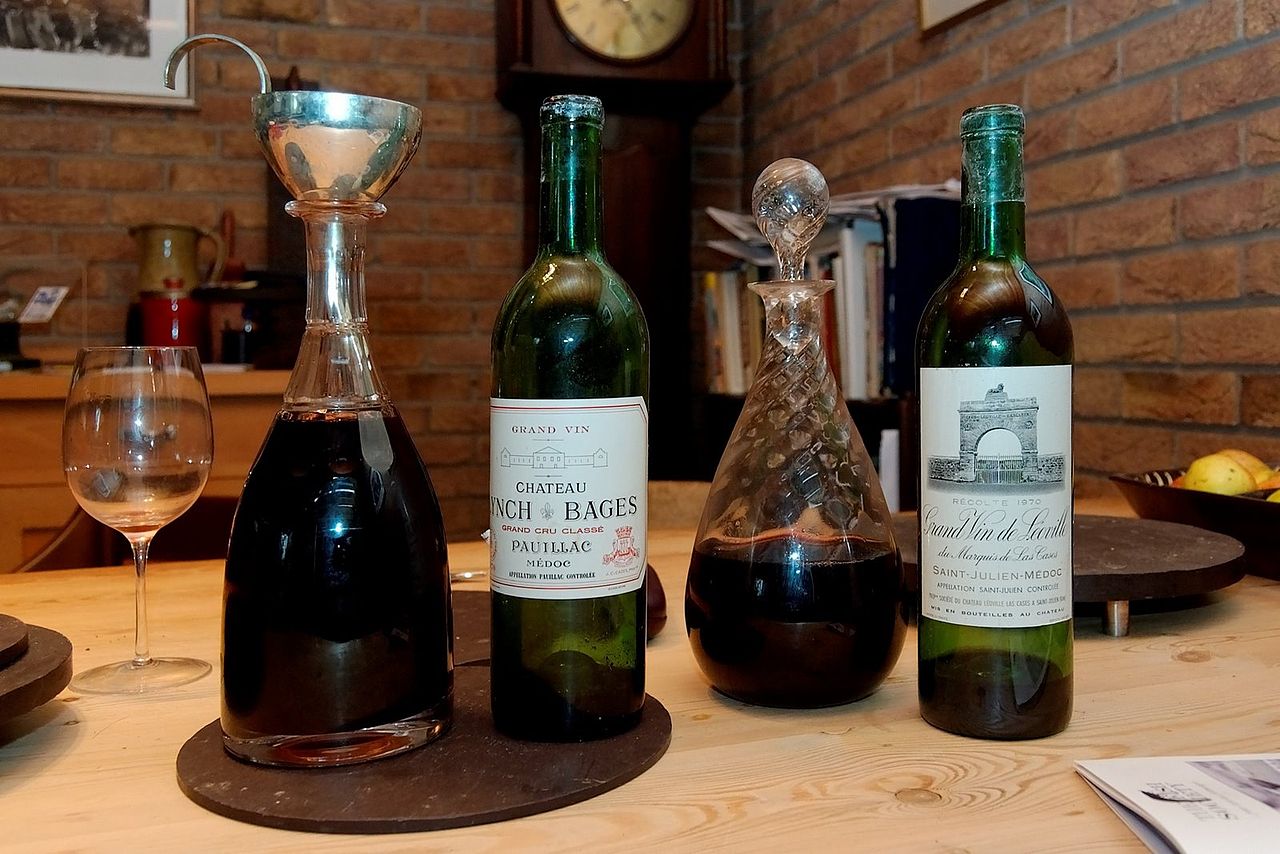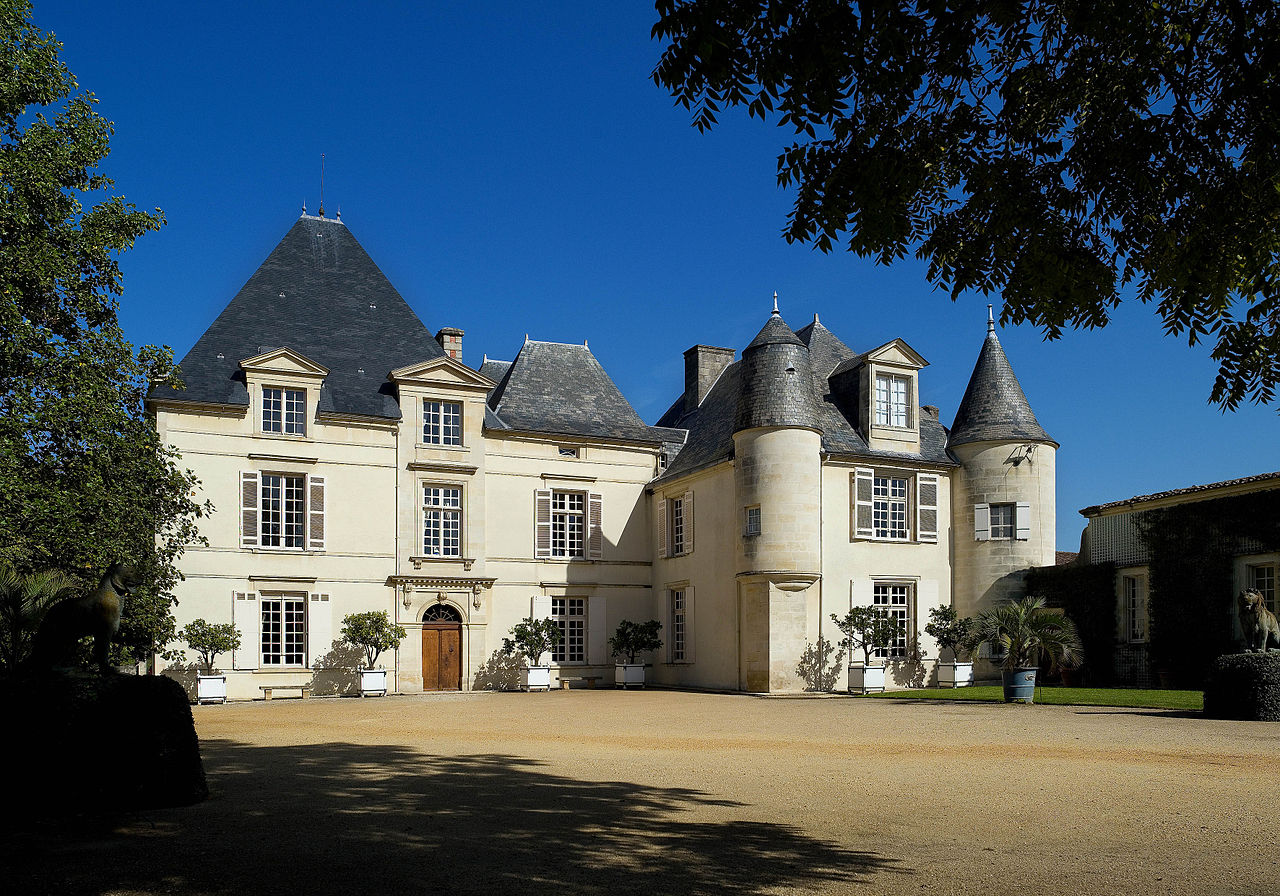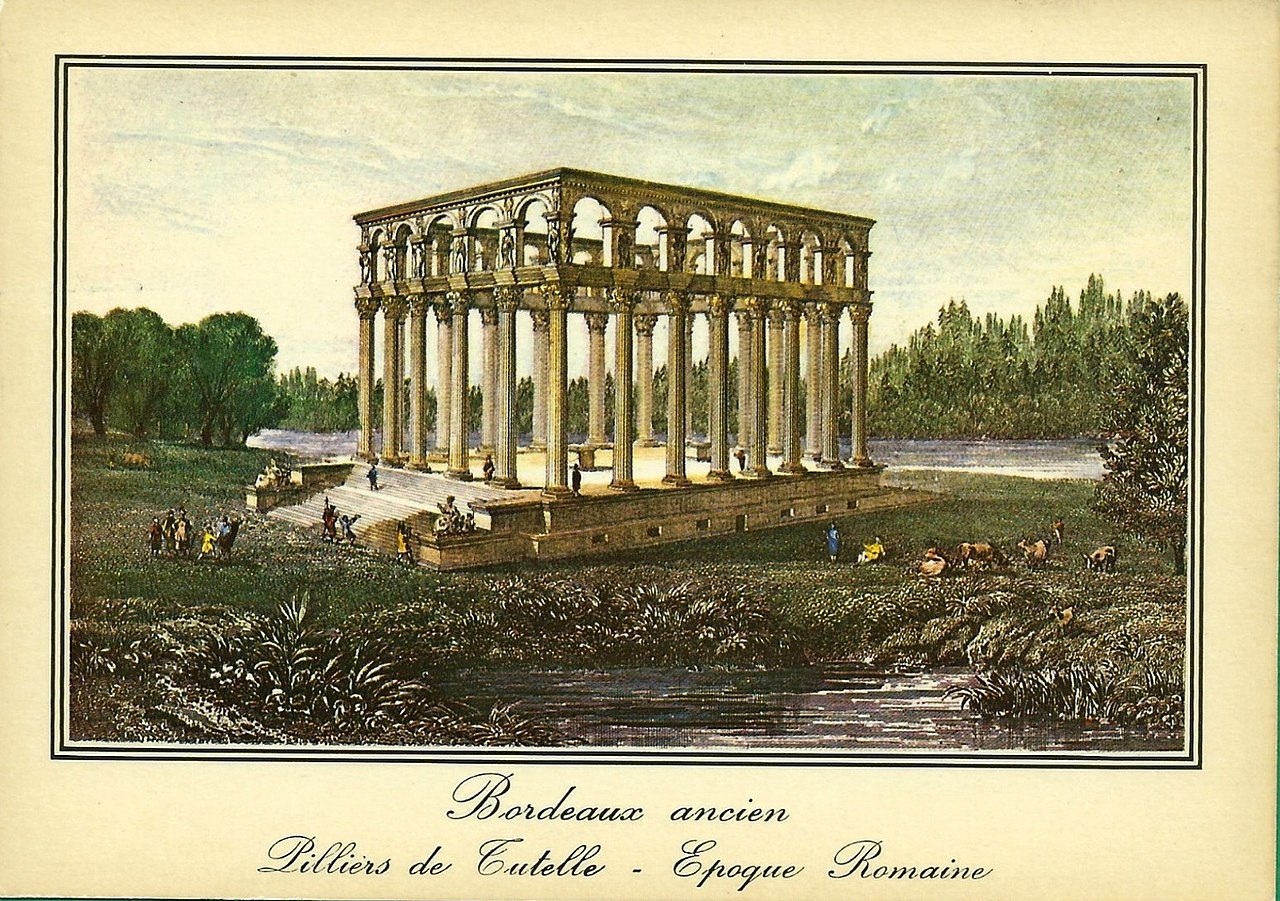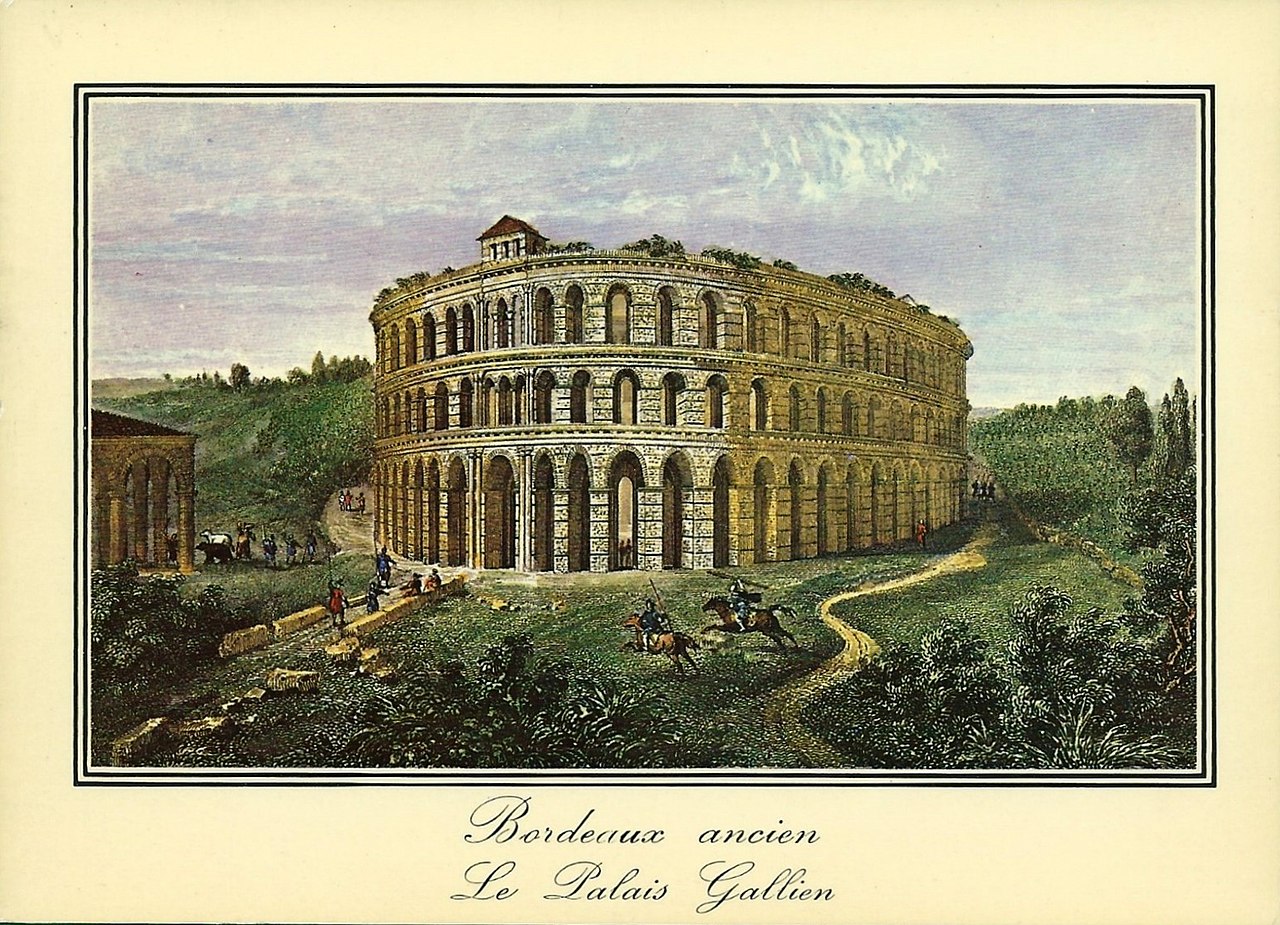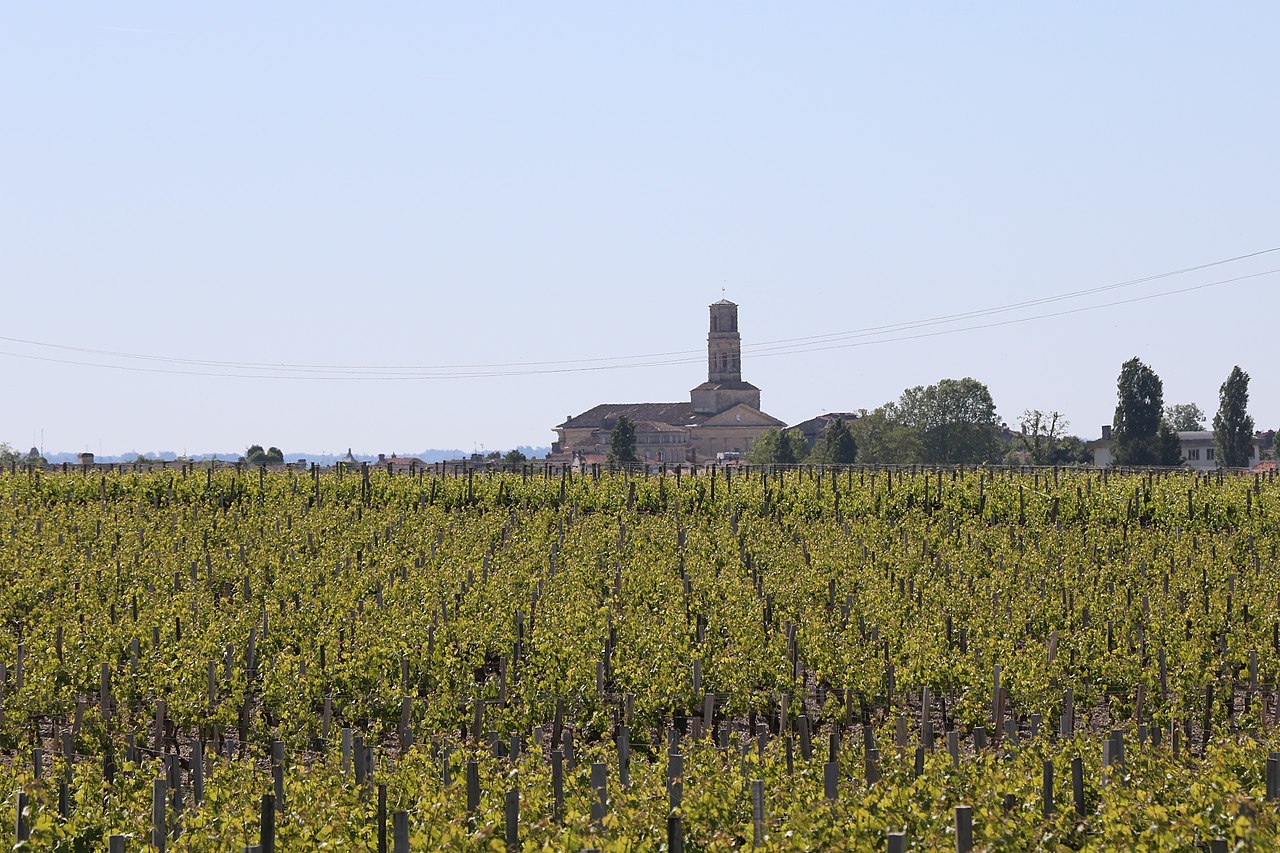
AsianOverland.net
Tour Guide - Itinerary
Asian Overland Sydney to London
Started 22/06/2022 Finished 21/06/2023365 Days ITINERARY
Day 256 date 04/03/2023LOIRE VALLEY to PAUILLAC, BORDEAUX, FRANCE
ASIANOVERLAND.NET LONDON TO SYDNEY DAY 256: LOIRE VALLEY TO PAUILLAC, BORDEAUX, FRANCE
Bordeaux came under Roman rule in 60 BC and became an important centre for tin and lead, after which the Romans built the amphitheatre and the monument Les Piliers de Tutelle.
Viticulture was introduced into the Bordeaux region by the Romans in the mid-1st century CE to provide wine for local consumption, and wine production has been continuous in the region ever since.
In 276 Bordeaux was sacked by the Vandals, who attacked again in 409, followed by the Visigoths in 414, and the Franks in 498, after which Bordeaux fell into obscurity.
In the 12th century, the popularity of Bordeaux wines in England increased dramatically following the marriage in 1152 of Henry Plantagenet and Eleanor of Aquitaine, whose Aquitaine lands included the Bordeaux region. Henry Plantagenet became King Henry II of England in 1154, and within his so-called Angevin Empire, Bordeaux developed a long-lived export market for its wine in England. At this time, Graves was the principal wine region of Bordeaux, and the principal wine style was clairet. Hence the popularity of claret in England, although the anglicised term "claret" is often used by English-speakers to refer to all red wine rather than to the clairet style.
The export of Bordeaux was interrupted by the outbreak of the Hundred Years' War between France and England from 1337. By the end of the conflict in 1453, France had repossessed Bordeaux, retaking control of wine production.
As part of the Auld Alliance, the French granted Scottish merchants a privileged position in the trade of claret—a position that continued largely unchanged after the Treaty of Edinburgh ended the military alliance between France and Scotland. Even when the by then Protestant kingdoms of England and Scotland were trying to militarily aid the Huguenot rebels in their fight against Catholic France in La Rochelle, Scots trading vessels were not only permitted to enter the Gironde, but the French navy escorted them safely to the port of Bordeaux to protect them from Huguenot privateers.
In the seventeenth century, Dutch traders drained the swampy ground of the Médoc so it could be planted with vines, and this gradually surpassed Graves as the most prestigious region of Bordeaux. Malbec was the dominant grape in the Medoc until the early 19th century, when it was replaced by Cabernet Sauvignon.
The 18th century was another golden age of Bordeaux, when the Port of the Moon supplied the majority of Europe with coffee, cocoa, sugar, cotton and indigo, becoming France's busiest port and the second busiest port in the world after London.
In 1855, the châteaux of Bordeaux were classified, in a classification system which remains widely used today.
© This work is copyright. Apart from any use permitted under the Copyright Act 1968, no part may be reproduced by any process, nor may any other exclusive right be exercised, without the permission of Peter Searle, peter@portseavillageresort.com; 1980-2024.
Website built by Justin O’Dea www.webdeveloperdocklands.com.au
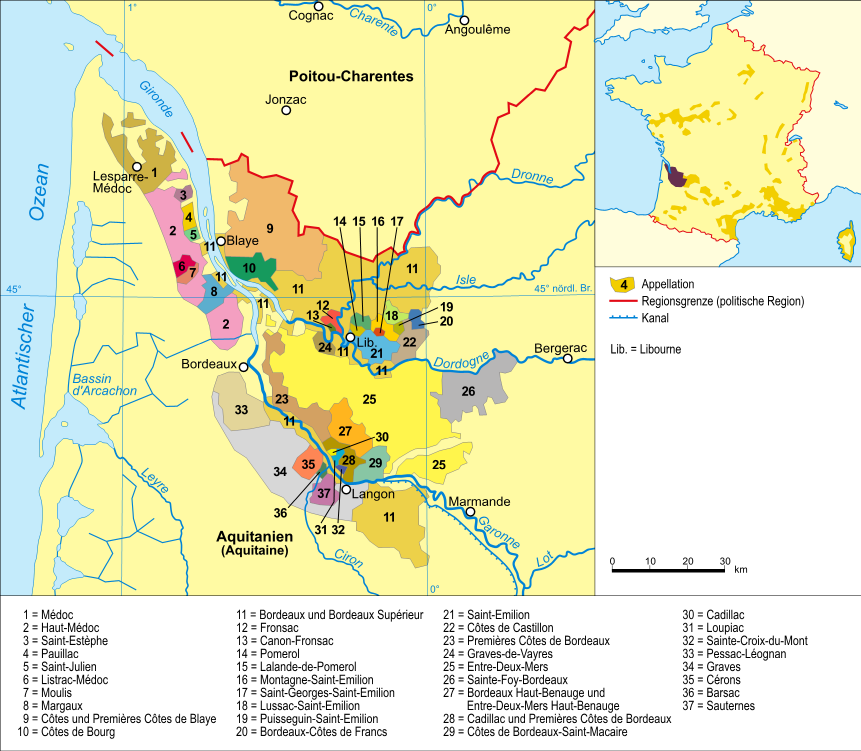
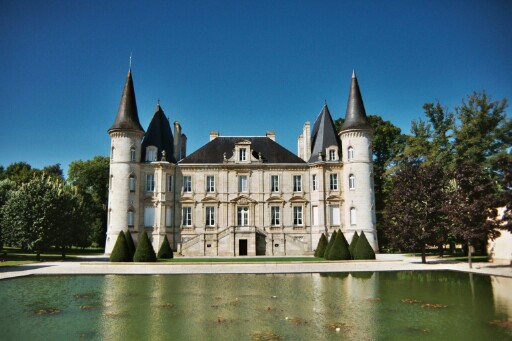
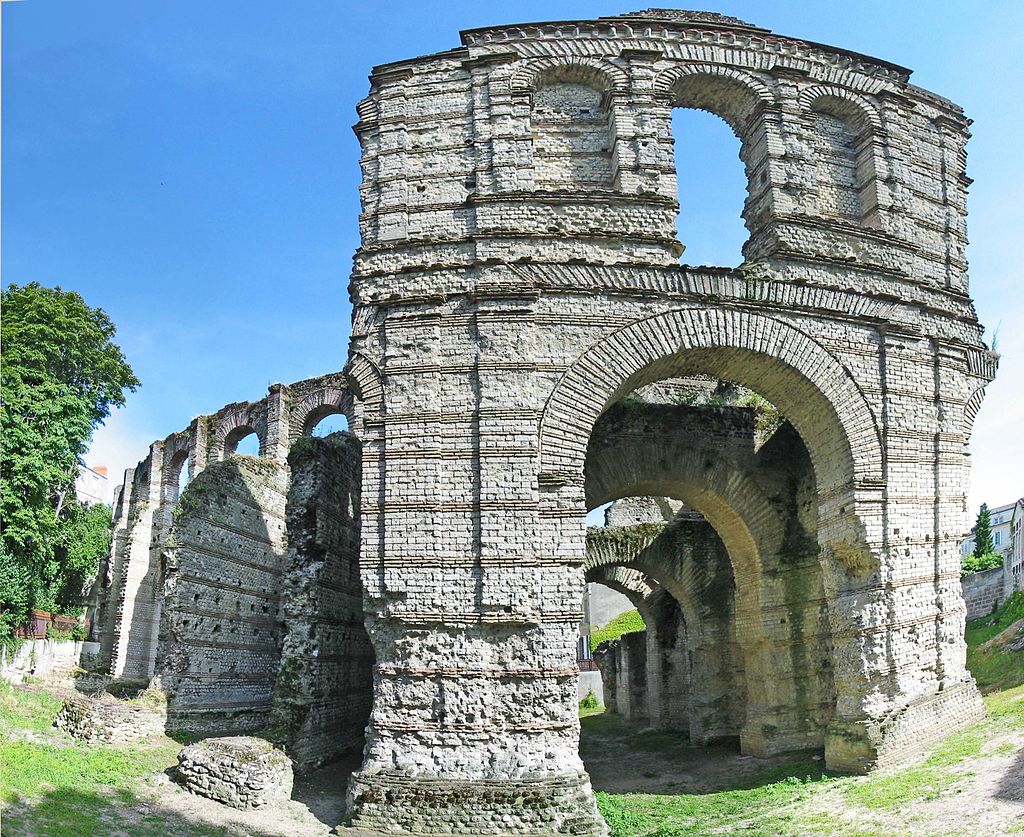
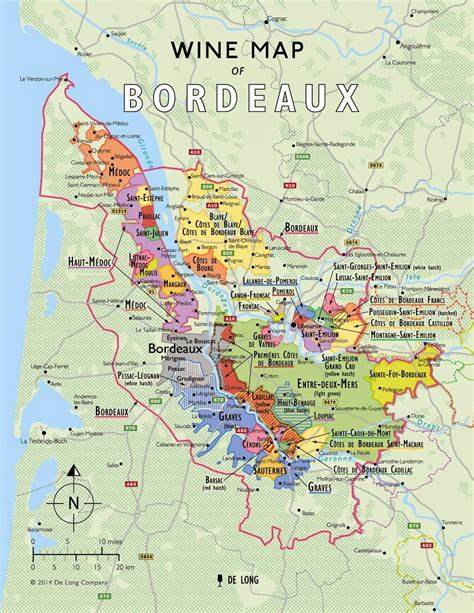
.jpg)
